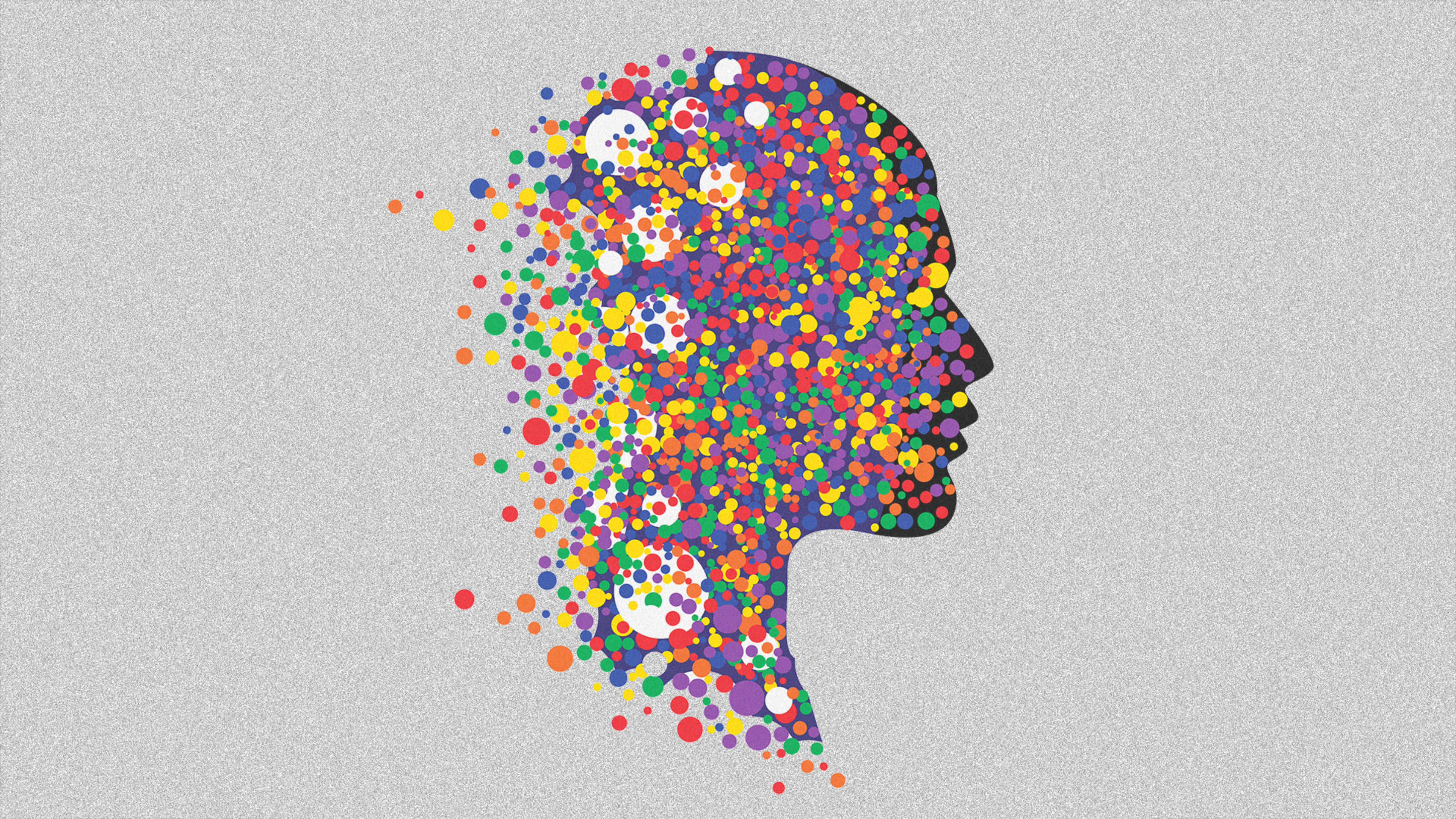Artificial intelligence is transforming the landscape of education and teaching in ways that were previously unimaginable. With the power to analyze vast amounts of data, identify patterns and trends, and create personalized learning experiences, AI can make education more effective, accessible, and inclusive. This is a positive development, despite the narratives reinforcing harmful assumptions that have been established in the current AI discourse.
While AI has the potential to transform education for all students, neurodivergent students—who often face challenges with processing information—have the most to gain. AI, used to identify and address individual needs, may offer opportunities for personalized learning experiences. This may result in more inclusive and accessible classrooms, in which every student’s strengths and challenges are supported.
How AI could level the playing field
One of the most significant benefits of AI is that students can leverage it to work with their natural learning strengths. For example, students with dyslexia or attention deficit hyperactivity disorder, who may struggle with lengthy paragraphs in textbooks, can learn to prompt AI software like ChatGPT to rewrite text in a bulleted format that helps them more easily understand and retain the information. Students who learn more easily from charts and graphics can prompt AI software like DALL-E to create infographics or other images that will help them understand the information.
With the help of AI, every student, including those who learn and think differently, can now have more control over their education.
But accessible, cost-conscious, and easy-to-use AI tools can go beyond ChatGPT and DALL-E.
It would be beneficial if AI solutions could be integrated into the technology that teachers and students already use in classrooms every day. This would aid both students and educators in comprehending, summarizing, and filling in gaps in information from presentations, group work, and classroom lessons, allowing them to move past specific barriers in near real time.
Where responsibilities fall: educators vs. students
It’s crucial to initiate conversations between teachers and students regarding the responsible use of AI to create homework answers and to help with other academic tasks. Teachers who are worried that students might cheat by using AI tools to complete their assignments can set clear rules for how and when these tools can be used. For example, teachers could require students to include examples from class, personal experiences, and opinions.
AI is here, and students will have access to it, so educators will need to play a role in teaching their students to use it responsibly. This involves directing students to avoid complete dependence on technology, including AI.
Teachers spend a great deal of time creating essential resources from the ground up. AI can serve as a valuable supplement to alleviate the burden on educators who need more resources tailored specifically for students who would benefit from extra support and practice. AI tools can help teachers plan lessons based on specific frameworks, quickly generating writing prompts, homework assignments, and test questions customized to diverse student needs.
Teachers may also find it easier to monitor and optimize their students’ learning outcomes, because AI can provide feedback on areas where students need to improve. All of this can free up more time for them to focus on engaging their students in meaningful learning experiences.
They can also embrace AI to make their lesson plans more interesting and relevant to students’ daily lives. They can ask for examples of real-world applications of classroom concepts to include in their lesson plans. Connecting concepts to students’ lives can be especially helpful for kids who have a hard time engaging with abstract topics.
The introduction of AI tools in the classroom may help reimagine the teacher-student relationship. With this movement, we may see a shift in the classroom toward a model in which students discover how to take more control of their learning—in ways that suit their individual strengths and learning pace.
AI’s ability to empower teachers and students to tailor the learning experience to meet unique needs is a promising development in the quest to transform education. But we need to keep an eye on concerns that are more significant than the possibility of students over-relying on AI. These include the possibility of bias not only in the data sets that AI may examine but also among the people responsible for building the technology.
Despite these issues, AI should not be avoided. Instead, it should be used to its fullest potential to enhance learning outcomes for every student.
Jenny Wu is copresident and chief product officer of Understood.org.
Recognize your brand’s excellence by applying to this year’s Brands That Matter Awards before the early-rate deadline, May 3.
